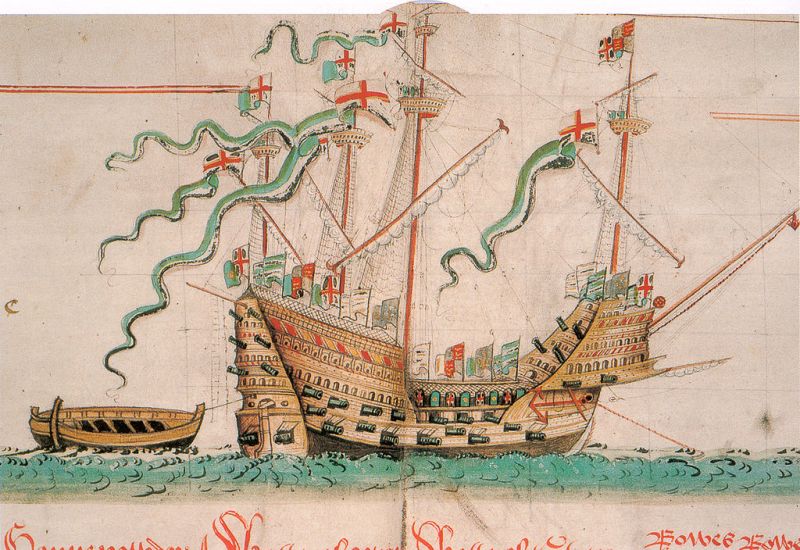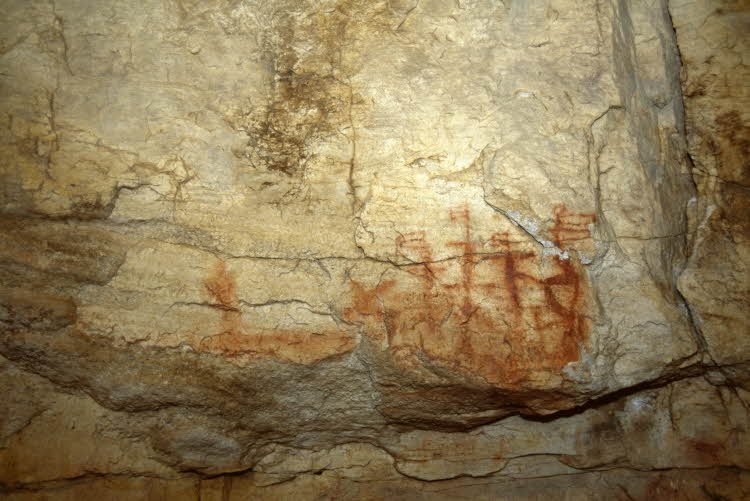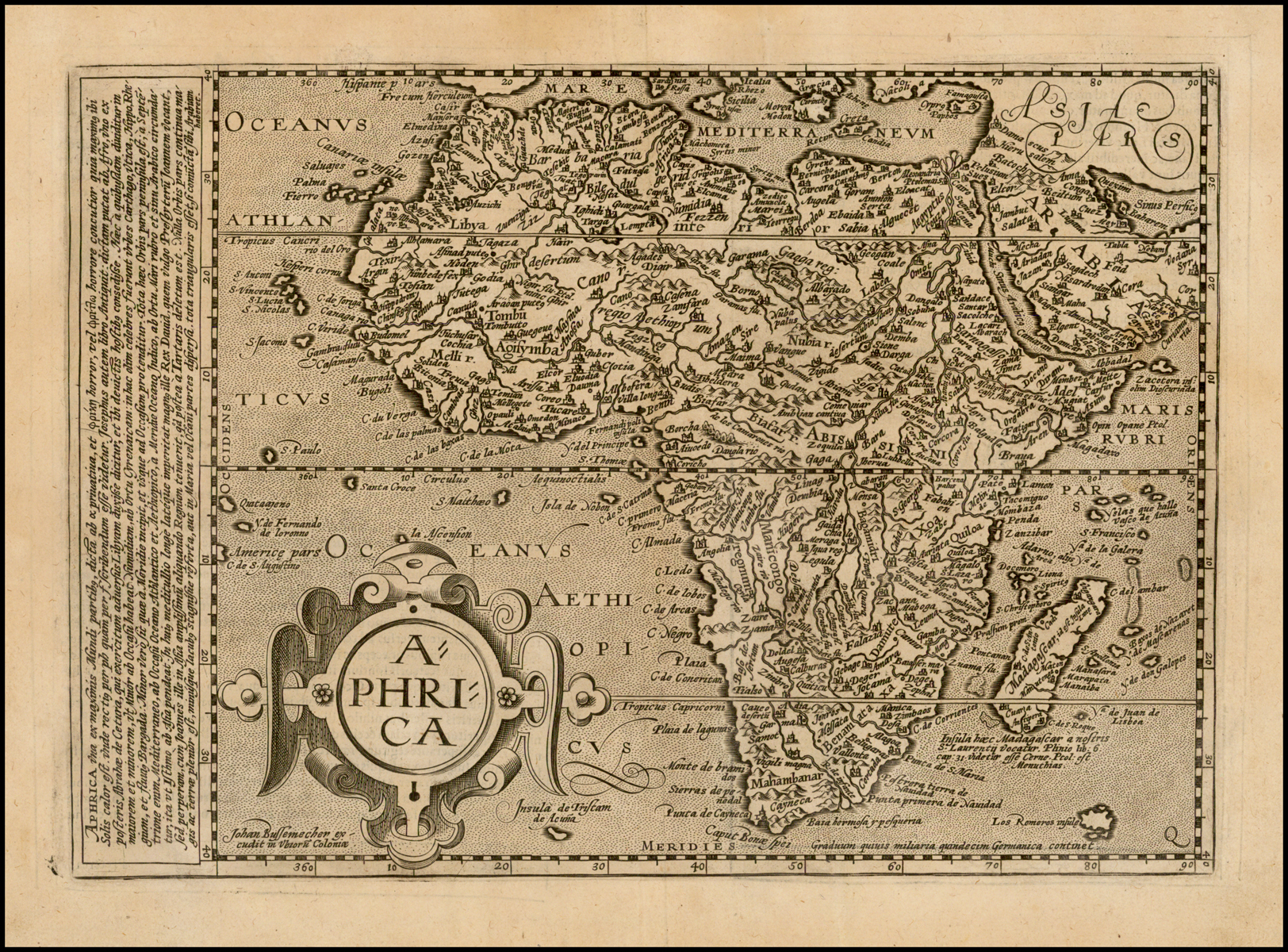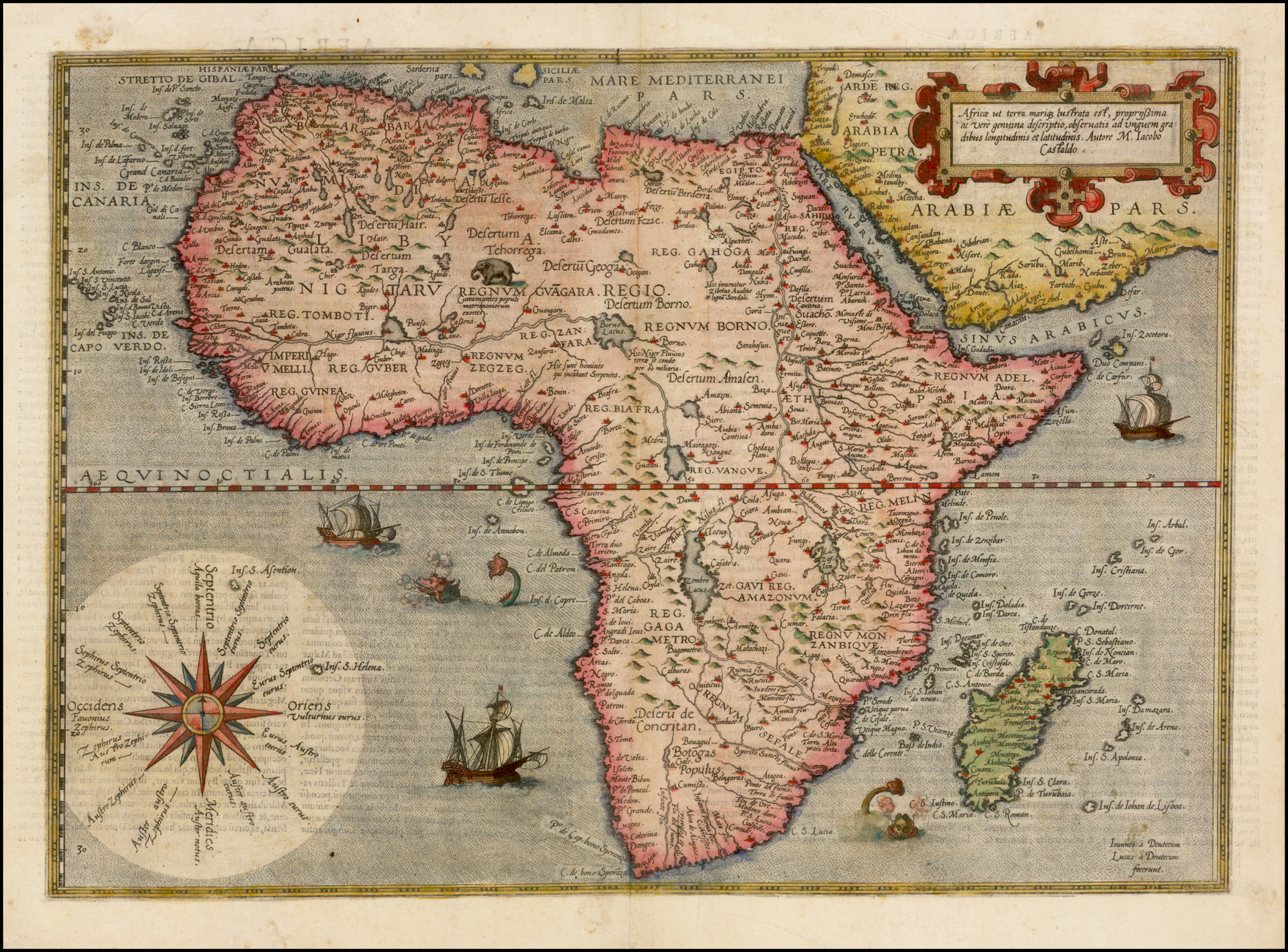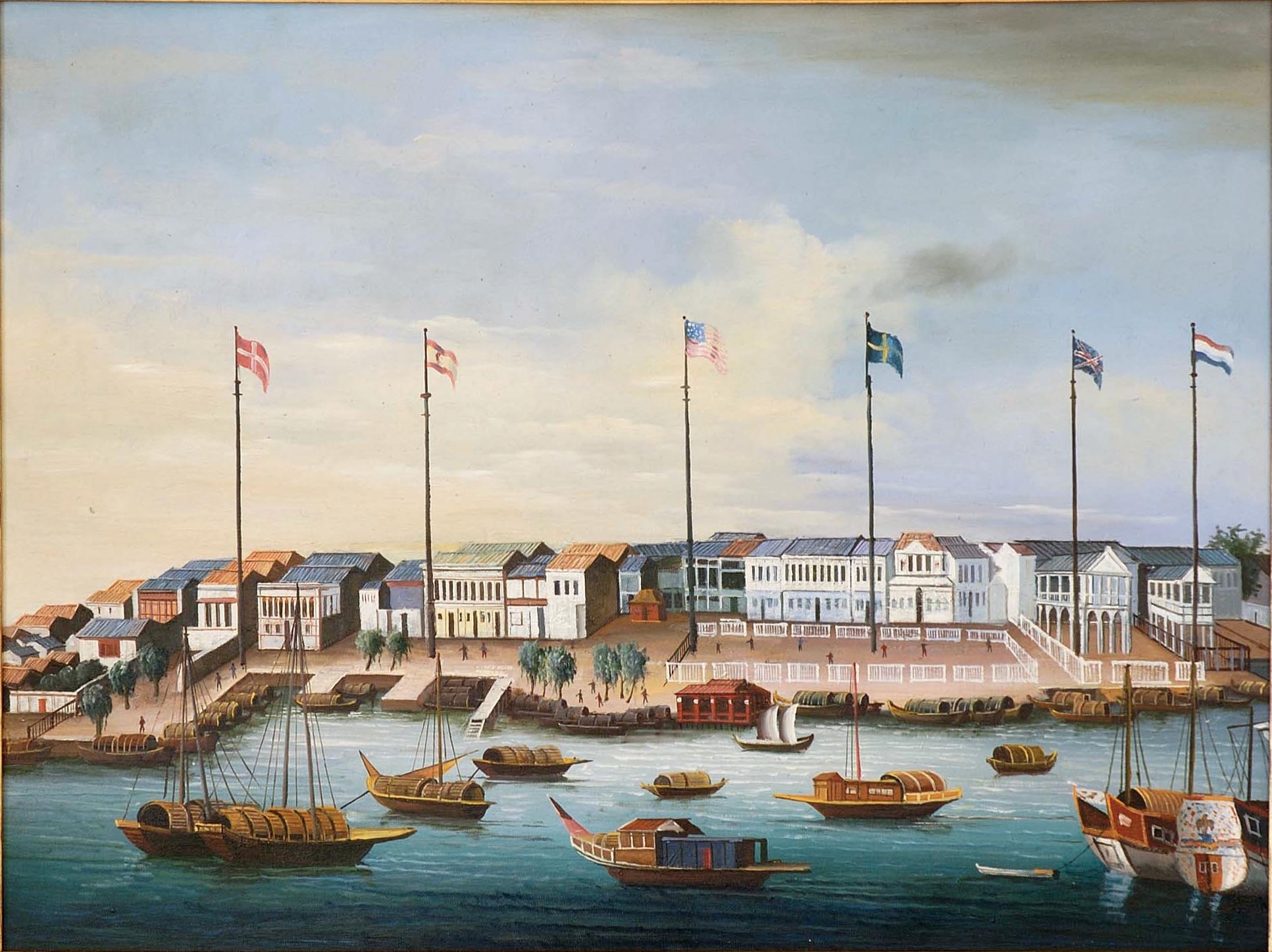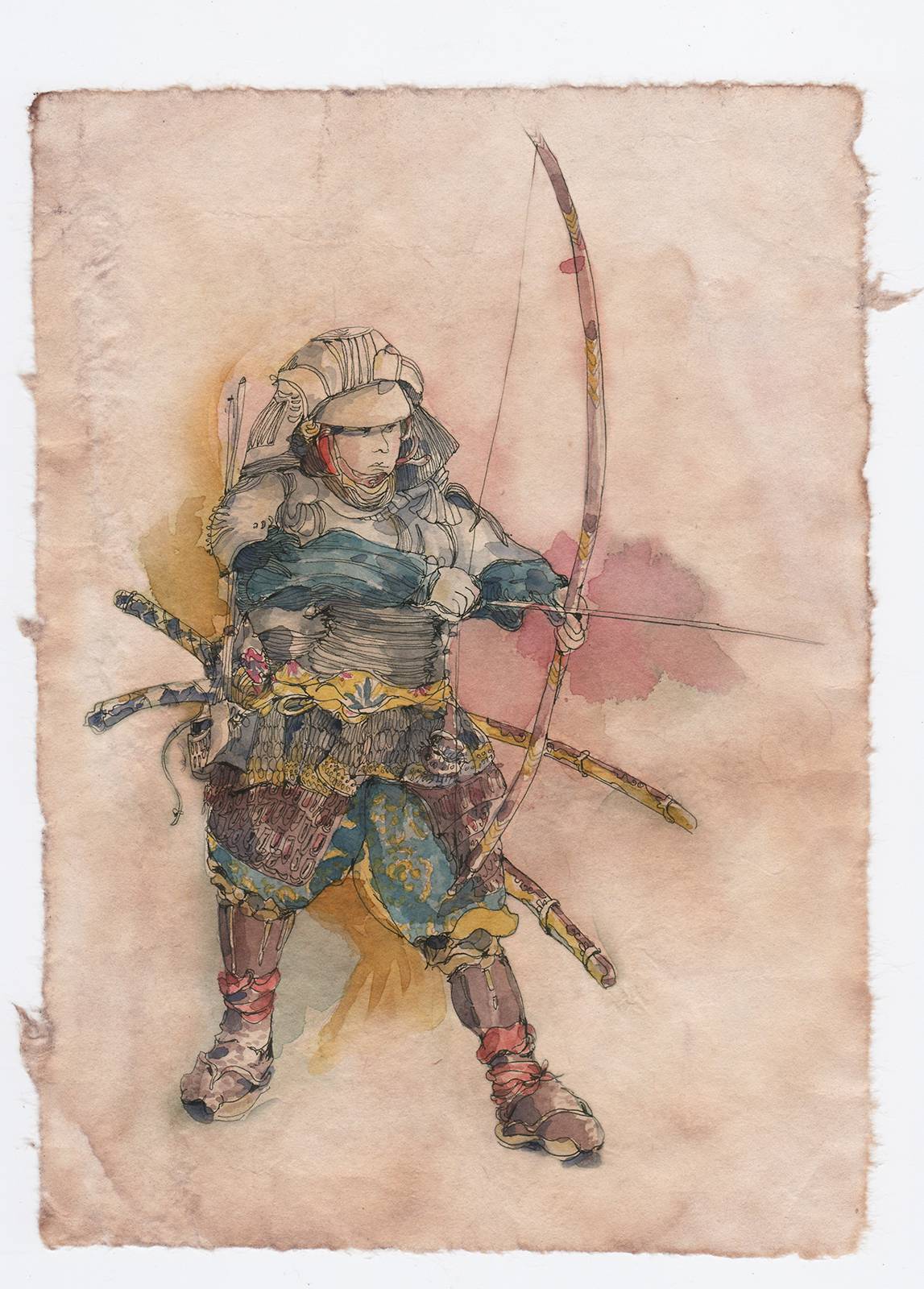Luis Melo was a Japanese merchant-mariner of samurai background and multiple identities, whose name frequently appears in both Spanish and Japanese documents of the time. He dealt in scrap metal and gunpowder, and was likely a smuggler and spy. From 1605, he served as an important channel of communication between Japan’s new strongman, Tokugawa Ieyasu, and the Philippine authorities. Over time, Melo became Ieyasu’s most important informant on the Philippines.
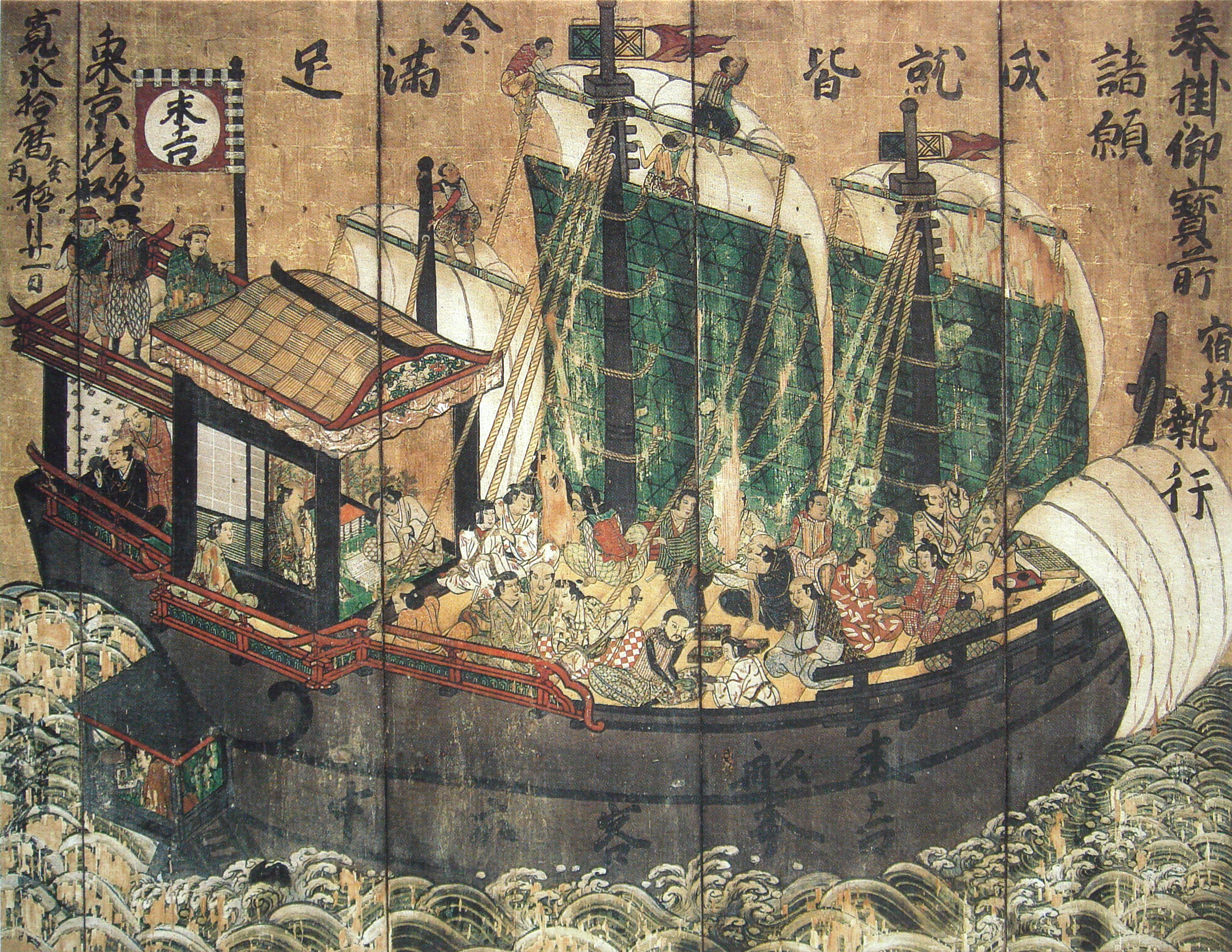
Until the suspension of the trade between Japan and the Philippines in 1623, he continued to make large profits trading with the Spanish. In the last years of the sixteenth century, Japanese merchants provided Manila with a steady stream of iron, steel, and copper to cast cannon, the ammunition to go with these weapons, and large quantities of ready-made gunpowder and its ingredients. They provided crucial military supplies for the Spanish garrison at Manila at a time when it saw itself first threatened and then actually blockaded by Dutch naval power in Asia.
Early Years
Melo’s earliest appearance in the Japanese record dates from 1605. He is mentioned as an interpreter for an envoy from the Manila Governor, meaning he was a man of enough importance to be sent on a diplomatic mission to Japan. The year before, the governor had requested that the number of ships allowed to sail from Japan for the Philippines be limited. This record is contained in the diary kept of the red-seal licenses given out by Ieyasu’s cabinet, and appears in the draft for an official answer on Ieyasu’s behalf to a letter from the Governor of Manila.
He was likely living at least part-time in the Philippines for a considerable period of time. In 1602 Melo was paid the sum of one hundred pesos for work on a church for the Japanese community, of which he must have been a prominent or even a leading member. As a pedigreed samurai, he would have automatically been a man of importance. The Manila community of overseas Japanese was mostly made up of poor expatriates who had come to the Philippines as slaves, common sailors, or persecuted Christians.
Smuggling Gunpowder into Manila
In 1618, Melo sent large shipments of essential supplies to Manila, for which he still owed import taxes in 1620. Some large cargo contained 4700 kilograms of saltpeter, used to make gunpowder, while shipments carried other, less dangerous merchandise. Although his expenses seem to have exceeded his income in 1918, he was gambling on a political situation that would allow him to make great profits and pay off his debts the following year.
In the same year, 1618, a contemporary Spanish source describing the situation in the bay of Manila.
“The [Dutch] enemy being in the mouth of the bay in the beginning of November, a Japanese ship came to Ilocos, which is a province of this island of Manila, and was told that the enemy controlled the bay which he would have to enter to come to this City. But he feared nothing as he had a license or patent of his Emperor, which the Dutch respect for its contents and for which they give free passage to all Japanese ships wherever they may be sailing on these seas. And so he continued on his way until he encountered the Dutch who stopped him for two or three days. The Dutch asked him if he was carrying any ammunition, which is what they do not allow. [The Japanese captain] denied he did, even though he was carrying much hidden underneath a great quantity of sacks filled with flour. With this the Dutch let him enter the bay, giving him an insolent message to hand to the Governor of Manila.”
Other records of the time describe a man named Nishi Luis, who brought a cargo of flour, iron, copper, saltpeter, gunpowder, pikes, iron wire and nails to Manila. It is believed this was Luis Melo, traveling under a different identity. His Luis Melo identity was a Christian, with access to the Philippine and Spanish communities. His Nishi Luis identity was fully Japanese, an apostate, allowing him to move freely in Japan.
Retirement
But Nishi/Melo must have realized that he was taunting the gods: only four years into the future, trade and all other relations between Japan and the Philippines would be suspended for more than two centuries. Luis stopped going to Manila before the Spanish authorities found out that he was no longer a Christian, or had never been a real one.Though he rendered much service towards the survival of the Spanish colony against the very real Dutch enemy (as well as the mostly imaginary Chinese and Japanese enemies), he might very well have ended up in jail or on the gallows for spying.
After this, Nishi Luis moved to Sakai, and seems to have become a renowned tea master. For a year or two, his name still pops up here and there in the sources connected with the Manila trade, with Luis conducting his business by proxy. In February 1620, for example, a Portuguese resident of Nagasaki, Emanoel Rodrigues, arrived in Manila with a cargo of iron, carrying 600 kilograms of nails for the account of Nishi Luis. We also have a list, dated 28 March 1621, for a cargo consisting mostly of food brought to Manila by the same captain, which mentions 30 jars of biscuits for the account of Nishi Luis.
Between 1621 and 1646, there are few records of his life and business. He contributed money to build Honjuji, a temple in Sakai, to which he left all his possessions and where he was buried after he had died in 1646. A five-storied stone grave monument was erected over his grave, showing just how wealthy he was at his death.

